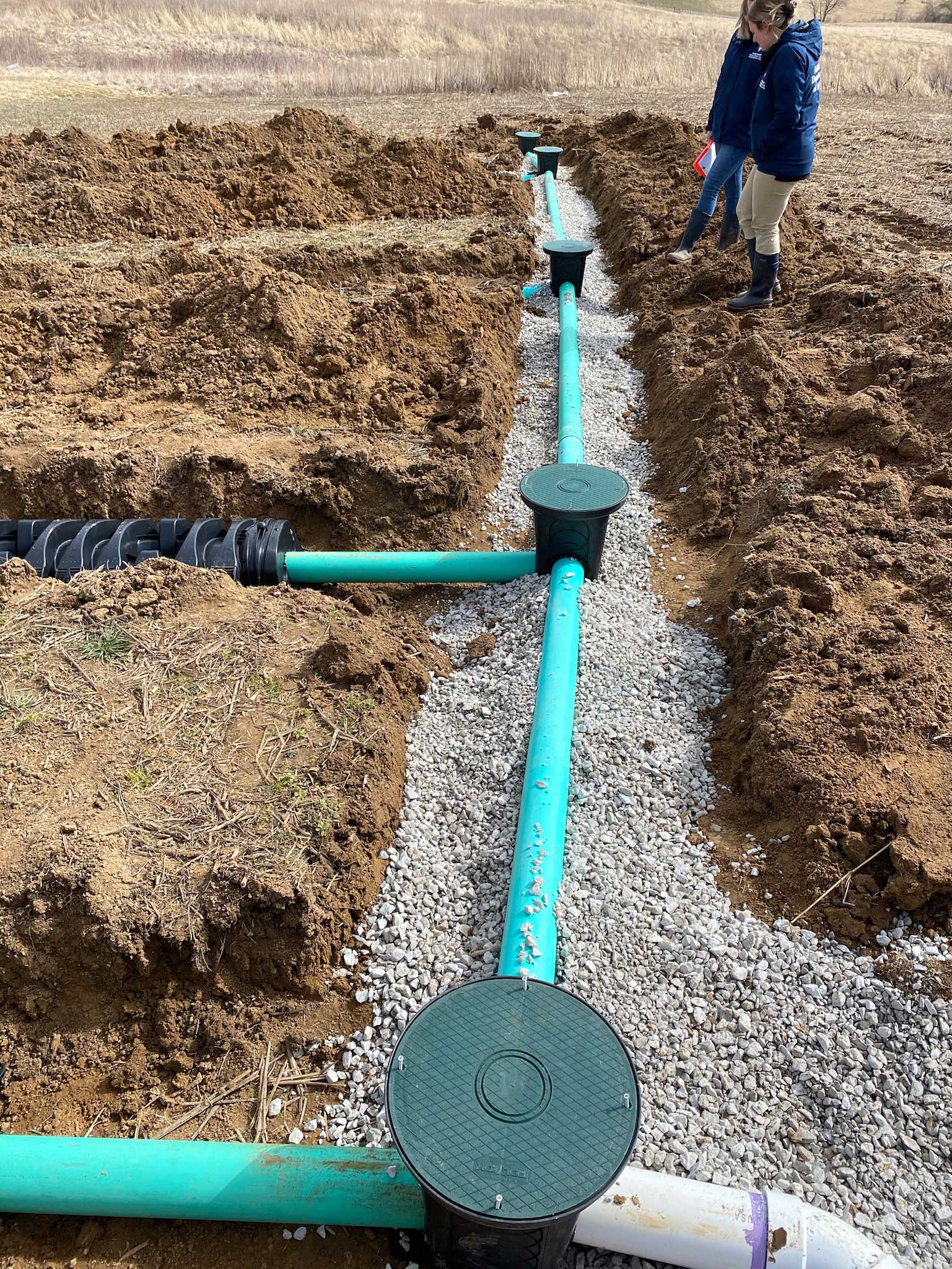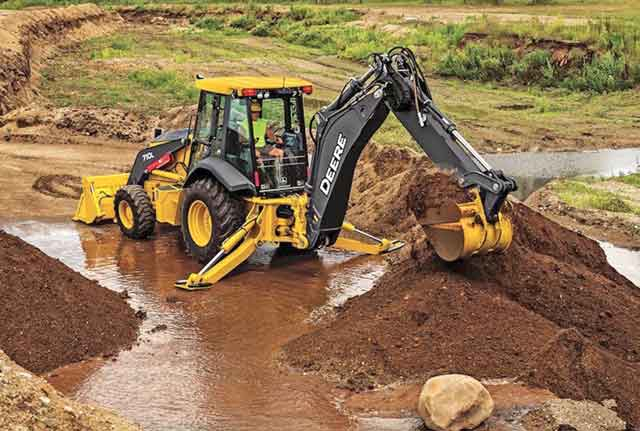Comprehensive Excavation Methods: Grasping the Fundamentals for Success
In the realm of building and construction and civil design, the value of effective excavation methods can not be overemphasized. The mindful preparation, accurate execution, and thorough interest to information called for in excavation tasks require a thorough strategy that encompasses numerous basic facets. From preliminary soil analysis to the execution of safety and security steps and routine progression surveillance, understanding these core aspects is necessary for attaining success in any excavation undertaking. The real mastery lies not just in comprehending these basics however in effortlessly incorporating them to navigate the complexities of excavation jobs with skill.
Recognizing Excavation Task Preparation

Effective excavation tasks are built on the structure of thorough and thorough planning. The first stage of any type of excavation job is the drawing board, where vital choices are made that can substantially affect the result of the project. During this stage, it is vital to collect all appropriate info about the site, consisting of topographical surveys, soil structure, and any kind of prospective risks that may exist. Understanding the job budget, timeline, and range restraints is essential for developing a comprehensive excavation plan that guarantees the project's success.
One trick element of excavation task planning is the development of a comprehensive timeline that describes the sequence of tasks, turning points, and due dates. By carefully taking into consideration all these elements during the planning stage, excavation projects can be performed effectively and properly, leading to effective outcomes - septic ohio.
Soil Analysis and Website Assessment
Carrying out detailed dirt evaluation and site assessment is an essential step in the prep work stage of any kind of excavation task. Soil analysis involves determining the structure, structure, and properties of the soil at the excavation website. This info is important for comprehending the soil's bearing capability, dampness web content, and capacity for disintegration, which are crucial variables in determining the excavation techniques and equipment needed for the project.
Site assessment goes past soil analysis and incorporates a broader analysis of the general website conditions. This examination includes determining any possible dangers, such as below ground utilities, ecological worries, or unstable surface, that might impact the excavation process. By extensively examining the site, project supervisors can establish effective excavation techniques that prioritize safety and security, performance, and environmental management.
Using advanced technologies like ground-penetrating radar, soil sampling, and drone surveys can enhance the precision and effectiveness of soil analysis and website evaluation. Spending time and sources in these preliminary actions can ultimately save time and prevent expensive hold-ups or issues during the excavation process.
Equipment Option and Utilization
Effective excavation tasks rely heavily on calculated equipment selection and application to make sure optimal efficiency and productivity. Choosing the appropriate tools for the job is crucial in maximizing effectiveness and decreasing downtime. Aspects such as the type of dirt, deepness of excavation, and task scope play a substantial function in figuring out one of the most suitable devices for the job handy.

Along with selecting the proper tools, proper usage is essential to task success. Operators should be educated to handle the devices safely and efficiently - lancaster trenching. Regular upkeep checks and prompt repairs aid prevent breakdowns and make certain constant performance throughout the task
Precaution and Laws Compliance
In the world of excavation jobs, prioritizing precaution and compliance with laws is paramount to ensuring a legitimately sound and safe functional environment. Safety actions include a variety of methods, including performing comprehensive website analyses, applying proper signs and barriers, and supplying sufficient safety training for all personnel associated with the excavation procedure. Adherence to laws, such as OSHA demands in the United States, ensures that the excavation job meets the necessary requirements to protect employees, spectators, and the surrounding atmosphere.

Tracking Progress and Adjusting Techniques
Exactly how can project supervisors successfully track the development of excavation projects and adjust their strategies appropriately to optimize outcomes? Tracking development is vital for making certain that excavation jobs remain on track and fulfill deadlines.

Final Thought
To conclude, mastering the principles of comprehensive excavation techniques is important for the success of any task. By recognizing job planning, assessing soil and website conditions, picking suitable tools, adhering to safety and security laws, and monitoring development, project managers can make certain a smooth and effective excavation procedure. Carrying out these strategies will bring about successful outcomes find out here and minimize prospective risks or troubles throughout the excavation task.
The preliminary stage of any kind of excavation project is the planning stage, where critical decisions are made that can considerably impact the outcome of the job. Comprehending the task range, budget plan, and timeline restrictions is critical for producing an extensive excavation strategy that guarantees the task's success.
Just how can project managers successfully track the innovation of excavation tasks and adapt their methods accordingly to enhance end results? By closely keeping track of development and being prepared to adapt approaches, job supervisors can boost the overall success of excavation tasks.
By comprehending task preparation, assessing dirt and site problems, selecting suitable equipment, complying with safety laws, and monitoring development, project managers can ensure a smooth and effective excavation process.